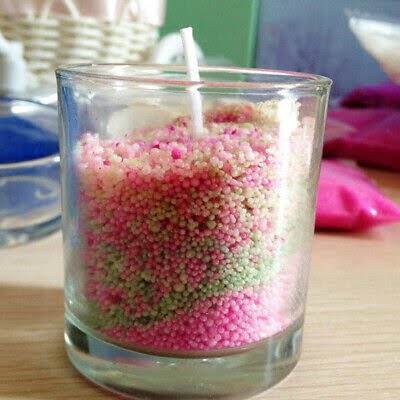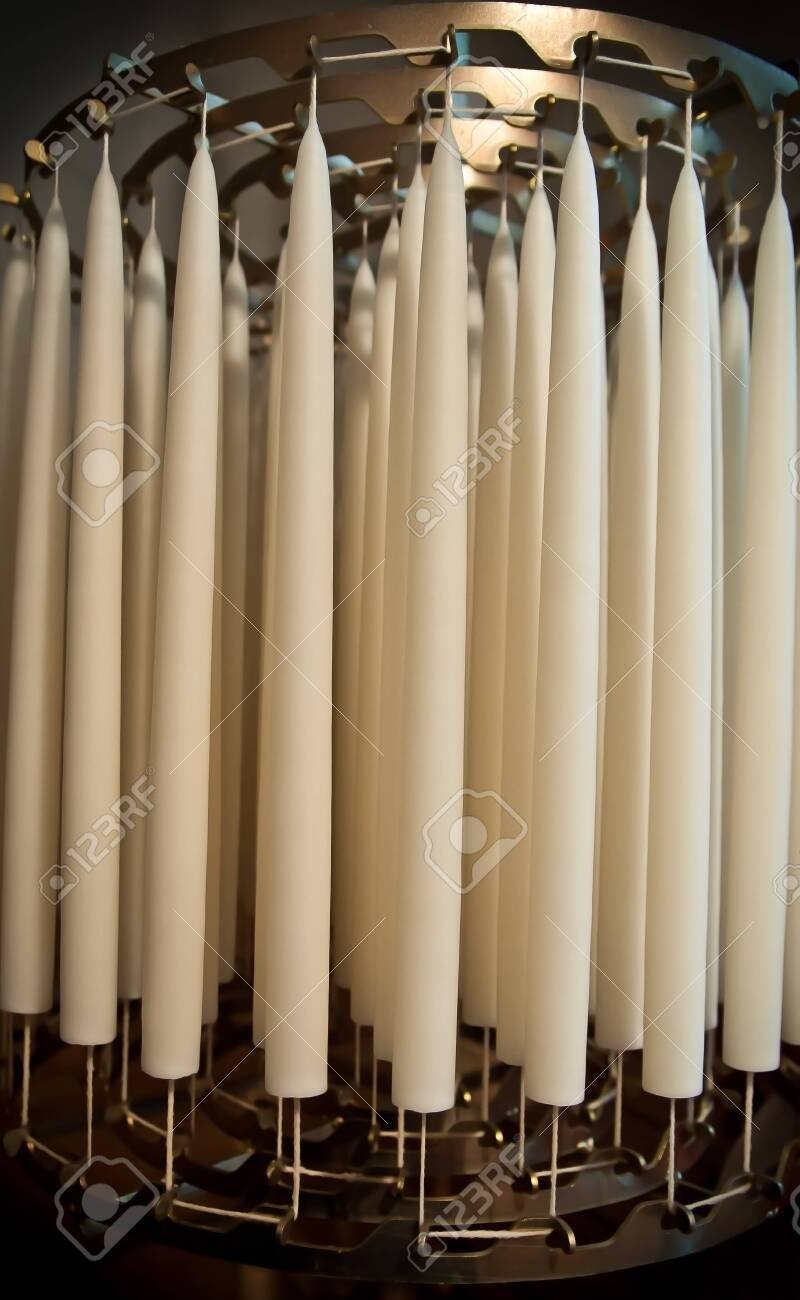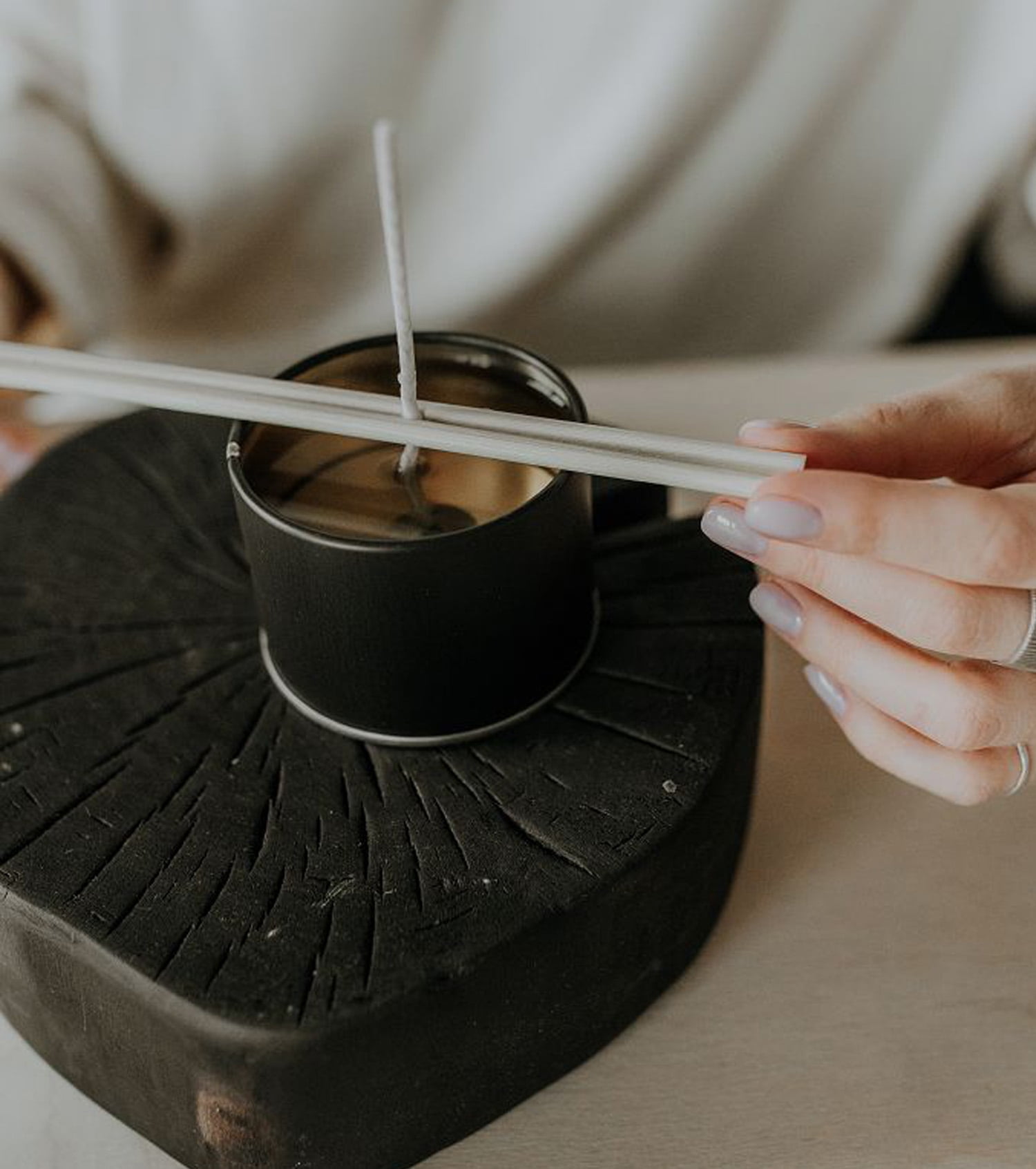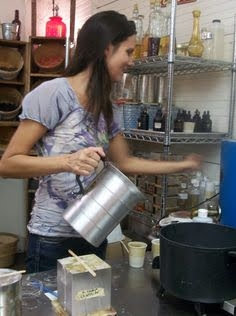Candle making has been a cherished craft for centuries, with its origins dating back to ancient times. The art of creating candles holds significant cultural and practical importance in various societies around the world. Understanding the different types of candle making techniques and materials is essential for anyone interested in this time-honored practice.
From traditional methods using beeswax or tallow to modern techniques incorporating soy or paraffin wax, there are various approaches to candle making that each offer unique benefits. Exploring the history and significance of candle making in different cultures enhances our appreciation for this craft and can inspire creativity in our own candle making endeavors.
Learning about the different types of candle making also allows enthusiasts to discover which methods and materials best suit their preferences and needs. Whether it’s for personal use, gifting, or even starting a business, knowing about the variety of options available in candle making is valuable knowledge for anyone passionate about this craft.
In this article, we will delve into the diverse world of candle making, from traditional methods to modern techniques, various wax options, creative designs, safety precautions, and professional tips for successful candle making.
Traditional Candle Making
Candle making has a long and rich history, dating back to ancient civilizations. Traditional candle making methods have been passed down through generations, with each culture adding its own unique twist to the craft. From using tallow and beeswax to create light sources in ancient times to the development of paraffin wax candles in the 19th century, traditional candle making has evolved significantly over the years.
To start with traditional candle making, you will need a few basic materials and tools. This includes wax, wicks, a double boiler or melting pot, a thermometer, molds, fragrance oils (optional), and colorants (optional). The step-by-step process typically involves melting the wax, adding fragrance or color if desired, pouring it into molds with pre-waxed wicks, and allowing it to set before trimming the wick and unmolding the candle.
While modern techniques have made candle making more accessible and efficient, there is still a timeless charm in learning and mastering traditional methods. Understanding traditional candle making not only gives insight into the origins of the craft but also provides a foundation for experimenting with different types of candle making processes.
Whether you are interested in creating historically accurate candles for reenactments or simply want to connect with time-honored traditions, traditional candle making offers a valuable learning experience for all types of candle makers.
Modern Candle Making Techniques
Introduction to Modern Techniques
Modern candle making techniques have revolutionized the way candles are made and enjoyed. With advancements in technology and a deeper understanding of chemistry, candle makers now have access to a wide range of innovative methods for creating high-quality candles. These modern techniques offer greater efficiency, precision, and customization options, allowing artisans to produce unique and captivating candles like never before.
Comparison of Traditional vs. Modern Methods
While traditional candle making methods rely on manual processes and simple tools, modern techniques incorporate automated machinery and specialized equipment to streamline production. Traditional methods often involve hand-dipping or molding candles using basic materials such as wax, wicks, and molds. On the other hand, modern methods may involve advanced pouring techniques, temperature control systems, and specialized additives for achieving specific colors and scents in candles.
Advantages of Modern Techniques
One of the key advantages of modern techniques in candle making is the ability to achieve a higher level of consistency and reproducibility in candle products. Advanced machinery allows for precise measurements and controlled environments during the candle-making process, resulting in uniform quality across batches. Additionally, modern techniques enable candle makers to experiment with a wider variety of wax blends, fragrances, and designs, leading to more creative and attractive final products that resonate with contemporary consumer preferences.
As artisans continue to explore the possibilities offered by modern candle making techniques, it’s clear that these innovations are reshaping the industry by fueling creativity and enhancing product quality. Whether experimenting with advanced pouring methods or leveraging cutting-edge fragrance technologies, today’s candle makers are elevating their craft through the incorporation of modern techniques.
Different Types of Waxes for Candle Making
When it comes to candle making, the type of wax used plays a crucial role in the overall quality and performance of the final product. There are several different types of waxes that can be used for candle making, each with its own unique characteristics and benefits.
One of the most popular types of wax used in candle making is paraffin wax, which is derived from petroleum. This type of wax is known for its ability to hold fragrance well and produce vibrant colors, making it a favorite among many candle makers.
Another common type of wax used in candle making is soy wax, which is made from soybean oil. This natural alternative to paraffin wax has gained popularity in recent years due to its renewable source and clean-burning properties. Soy wax also has a longer burn time compared to paraffin wax, making it a popular choice for eco-conscious consumers.
In addition to paraffin and soy wax, there are also other types of waxes such as beeswax, palm wax, and gel wax that can be used for candle making. Each type of wax has its own advantages and drawbacks, and understanding the differences between them can help candle makers choose the best material for their specific needs.
Whether it’s choosing a natural and sustainable option like soy or beeswax, or opting for the versatility of paraffin or gel wax, knowing the characteristics of each type is essential in creating high-quality candles. By experimenting with different types of waxes for candle making, artisans can discover new possibilities for their creations and cater to a wider range of preferences among consumers.
Creative Candle Designs
Candle making has evolved over the years, from traditional methods to modern techniques, and has become an art form that allows for creative expression. The creative aspect of candle making is where artisans can really showcase their talent and imagination. Here are some creative candle design ideas to inspire your next project:
- Layered Candles: Create visually stunning candles by layering different colored waxes to produce a beautiful multi-colored effect.
- Embedding Objects: Embed dried flowers, small figurines, or decorative elements into the wax to create unique and artistic candles.
- Cut-out Candles: Use cookie cutters or specially designed molds to create candles in various shapes, such as stars, hearts, or animals.
In addition to these design ideas, consider adding fragrance and color to enhance the overall aesthetic appeal of your candles. Using high-quality essential oils can add a delightful scent to your candles, while vibrant dyes can create beautiful and eye-catching colors. By experimenting with different design techniques and incorporating fragrances and colors into your candles, you can truly elevate the art of candle making.
Tips for Creating Custom Candle Shapes and Sizes
Creating custom candle shapes and sizes is an exciting way to bring a personalized touch to your candle making endeavors. Here are some tips for achieving custom designs:
- Invest in silicone molds: Silicone molds come in a variety of shapes and sizes and allow you to easily create custom candles with intricate designs.
- Experiment with carving: Use carving tools to sculpt candles into unique shapes or patterns, adding depth and texture to your creations.
- Combine different molds: Get creative by combining multiple molds together to create one-of-a-kind candles that stand out from traditional designs.
By employing these tips and experimenting with various techniques, you can push the boundaries of traditional candle making and craft truly distinctive designs that showcase your creativity and skill.
Specialty Candle Making
Introduction to Specialty Candle Making
When it comes to types of candle making, specialty candle making has gained popularity in recent years. This section will delve into the world of specialty candle making, focusing on candles made from soy or beeswax. These types of candles have their own unique qualities that set them apart from traditional paraffin candles.
Benefits of Specialty Candles
Soy and beeswax candles offer a range of benefits that make them appealing to both candle makers and consumers. For instance, soy candles are known for their clean and long-lasting burn, as well as being eco-friendly. On the other hand, beeswax candles emit a natural honey-like fragrance and produce a warm glow when lit. Understanding the specific benefits of each type of specialty candle can help guide individuals in choosing the right option for their needs.
How to Get Started With Specialty Candle Making
For those interested in delving into the world of specialty candle making, there are essential steps to take when getting started. This includes sourcing high-quality raw materials, learning about the specific techniques used in creating soy or beeswax candles, and understanding how to properly handle these materials safely. With the right knowledge and skills, individuals can embark on their own journey in creating unique and environmentally-friendly specialty candles.
Safety Precautions in Candle Making
When it comes to candle making, safety should always be a top priority. Working with hot wax and other materials can pose certain hazards, so it’s crucial to take the necessary precautions to ensure your well-being. Here are some important safety guidelines to keep in mind when embarking on your candle making journey:
1. Use a clean and clutter-free workspace: Before you start any candle making project, it’s essential to clear your work area of any unnecessary clutter. This will help prevent accidents and keep you organized throughout the process.
2. Wear protective gear: When handling hot wax, it’s important to protect yourself from potential burns or spills. Consider wearing heat-resistant gloves and an apron to shield your skin and clothing from any accidental splashes.
3. Avoid breathing in fumes: Some types of waxes and fragrances used in candle making can produce strong fumes that may be harmful if inhaled for an extended period. To minimize exposure, make sure your workspace is well-ventilated, or consider using a mask designed for filtering out airborne particles.
4. Handle hot wax with care: One of the most significant dangers in candle making is dealing with hot wax. Always use caution when melting and pouring wax, as accidental spills or splatters can lead to burns. Invest in a quality thermometer to monitor the temperature of the wax and avoid overheating.
5. Educate yourself about fire safety: In addition to handling hot materials, working with open flames presents another set of risks. It’s crucial to have a fire extinguisher nearby in case of emergencies, as well as a plan for how to respond if a fire were to occur during the candle making process.
By following these safety precautions, you can enjoy the creative process of candle making while minimizing the potential risks involved.
Professional Tips for Successful Candle Making
When it comes to successful candle making, there are a few key tips and tricks that can make a big difference in the final outcome of your candles. First, it’s important to invest in high-quality materials and tools. This includes using premium wax, fragrance oils, and wicks to ensure the best possible results. Choosing the right type of wax for your specific candle making project is also crucial, as different waxes have varying melting points and properties.
Another essential tip for successful candle making is to pay careful attention to the temperature when melting and pouring wax. Each type of wax has its own ideal temperature range for melting and pouring, so it’s important to follow the manufacturer’s recommendations closely. Additionally, adding fragrance oils at the right temperature is crucial for ensuring that the scent properly infuses into the wax without burning off.
Proper wick selection is also key in successful candle making. The size and type of wick you choose will determine how your candle burns, so it’s important to select a wick that is appropriate for the diameter of your container or mold. Too small of a wick can result in tunneling, while too large of a wick can cause excess sooting.
In summary, paying attention to detail and using high-quality materials are essential for successful candle making regardless of types candle making. Following best practices when it comes to temperature control, fragrance addition, and wick selection will help ensure that your candles turn out beautifully every time.
| Professional Tips | Details |
|---|---|
| High-Quality Materials | Invest in premium wax, fragrance oils, and wicks. |
| Temperature Control | Pay careful attention to melting and pouring temperatures for different types of wax. |
| Proper Wick Selection | Choose the right size and type of wick for your specific candle project. |
Conclusion
In conclusion, the art of candle making is a timeless and versatile craft that has been cherished by different cultures throughout history. From traditional methods using basic tools and materials to modern techniques that offer more efficiency and customization, there are various types of candle making to explore and enjoy. Each type of wax used in candle making has its own unique characteristics, pros, and cons, providing endless opportunities for creativity and innovation.
The diverse range of specialty candles, such as soy or beeswax candles, further enriches the world of candle making with their distinct qualities and benefits. Whether it’s creating custom candle designs with unique shapes, sizes, colors, and fragrances or following professional tips for successful candle making, there’s always something new to discover and learn in this captivating craft.
As readers delve into their own candle making journey, it is important to remember the significance of safety precautions in handling hot wax and other materials. However, with the right knowledge and resources for further learning in the art of candle making, anyone can elevate their skills and create beautiful candles with confidence.
As we conclude this comprehensive exploration of types of candle making, we encourage all enthusiasts to embrace the value of learning about various techniques in order to truly appreciate the artistry and creativity behind this beloved craft.
Frequently Asked Questions
What Are the Different Methods of Making Candles?
There are several methods of making candles, including container candles, pillar candles, taper candles, and tea light candles. Each method requires different materials and techniques to create the finished product.
What Type of Candles Sell the Most?
The type of candles that sell the most can vary depending on the market and consumer preferences. However, scented candles are generally popular due to the pleasant aromas they provide. Additionally, decorative and seasonal candles tend to sell well during specific times of the year.
What Are the Different Types of Wax to Make Candles?
There are various types of wax used to make candles, including paraffin wax, soy wax, beeswax, and palm wax. Each type of wax has its own unique characteristics and properties that can affect the look and performance of the finished candle.

Welcome to my candle making blog! In this blog, I will be sharing my tips and tricks for making candles. I will also be sharing some of my favorite recipes.





